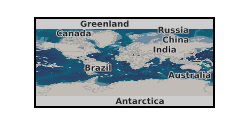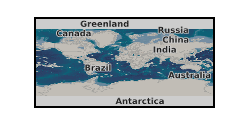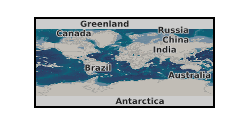Viscosity
Type of resources
Topics
Keywords
Contact for the resource
Provided by
Years
Formats
Update frequencies
-

A model of mantle viscosity inferred from the seismic model GLAD-M25 using a method described within Lloyd et al. (2024). Model stored in NETCDF4 format with the following dimensions: depth(201), latitude(631), longitude(721). Latitude and longitude spacings are equal, while those for depth are variable, being adapted to the background earth model. Andrew J Lloyd, Ophelia Crawford, David Al-Attar, Jacqueline Austermann, Mark J Hoggard, Fred D Richards, Frank Syvret, GIA imaging of 3-D mantle viscosity based on palaeo sea level observations – Part I: Sensitivity kernels for an Earth with laterally varying viscosity, Geophysical Journal International, Volume 236, Issue 2, February 2024, Pages 1139–1171, https://doi.org/10.1093/gji/ggad455
-

Ab initio trajectories for the equilibrated MgO-SiO2-H2O melts at T = 1800 K and 3000 K are provided as "XDATCAR" files output directly from VASP for each simulation interval. Corresponding stress tensor components, required for calculation of viscosity via the autocorrelation function, together with the energy, temperature, and pressure are also provided for each iteration of the equilibrated trajectories. A full data inventory is provided in the READ_ME.txt file.
-

This dataset holds the output of all the simulations in the Open Access article - Garel, F., S. Goes, D. R. Davies, J. H. Davies, S. C. Kramer, and C. R. Wilson, Interaction of subducted slabs with the mantle transition-zone: A regime diagram from 2-D thermo-mechanical models with a mobile trench and an overriding plate, Geochem. Geophys. Geosyst., 15, 1739-1765, doi 10.1002/2014GC005257, 2014.
 NERC Data Catalogue Service
NERC Data Catalogue Service